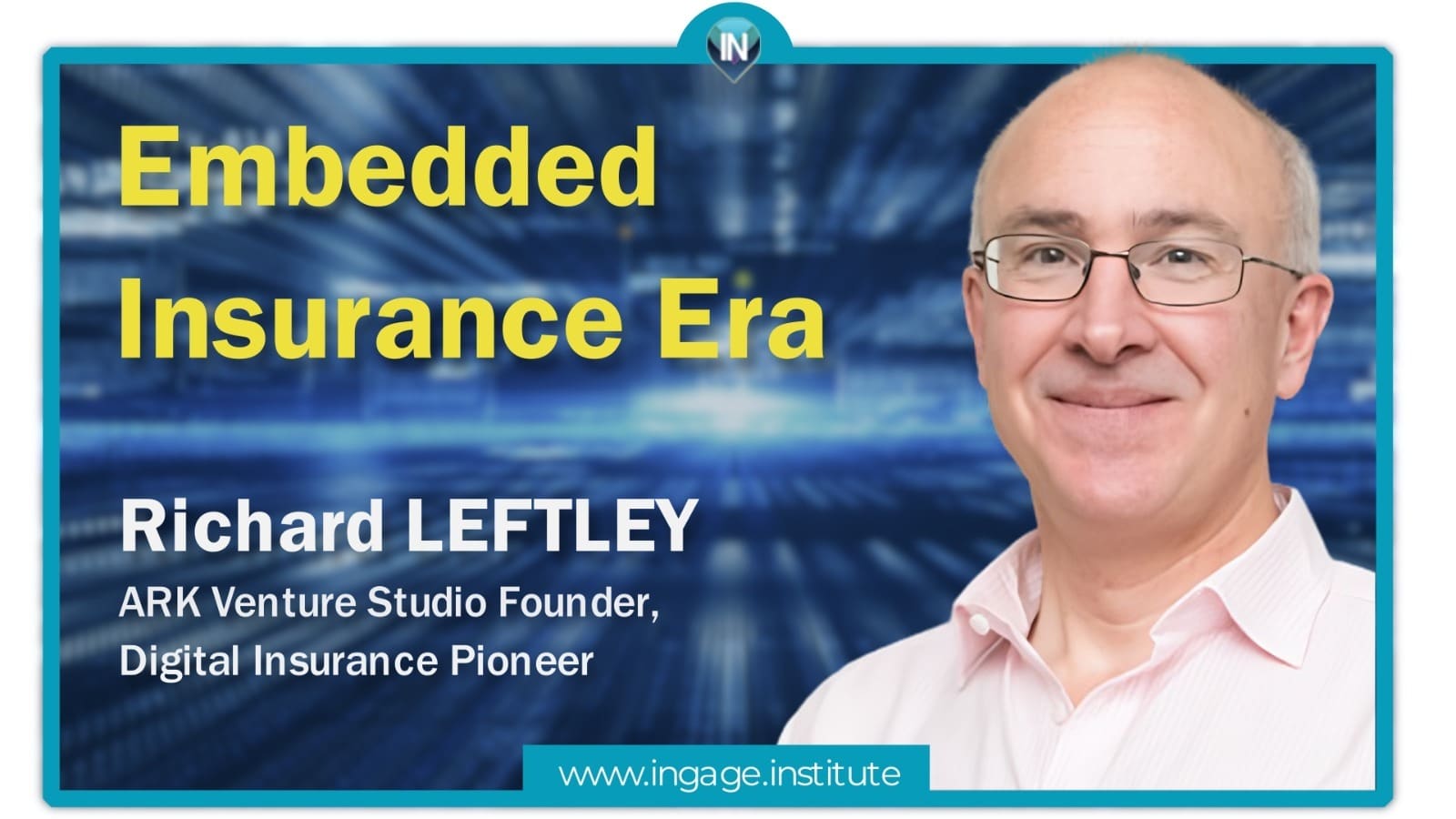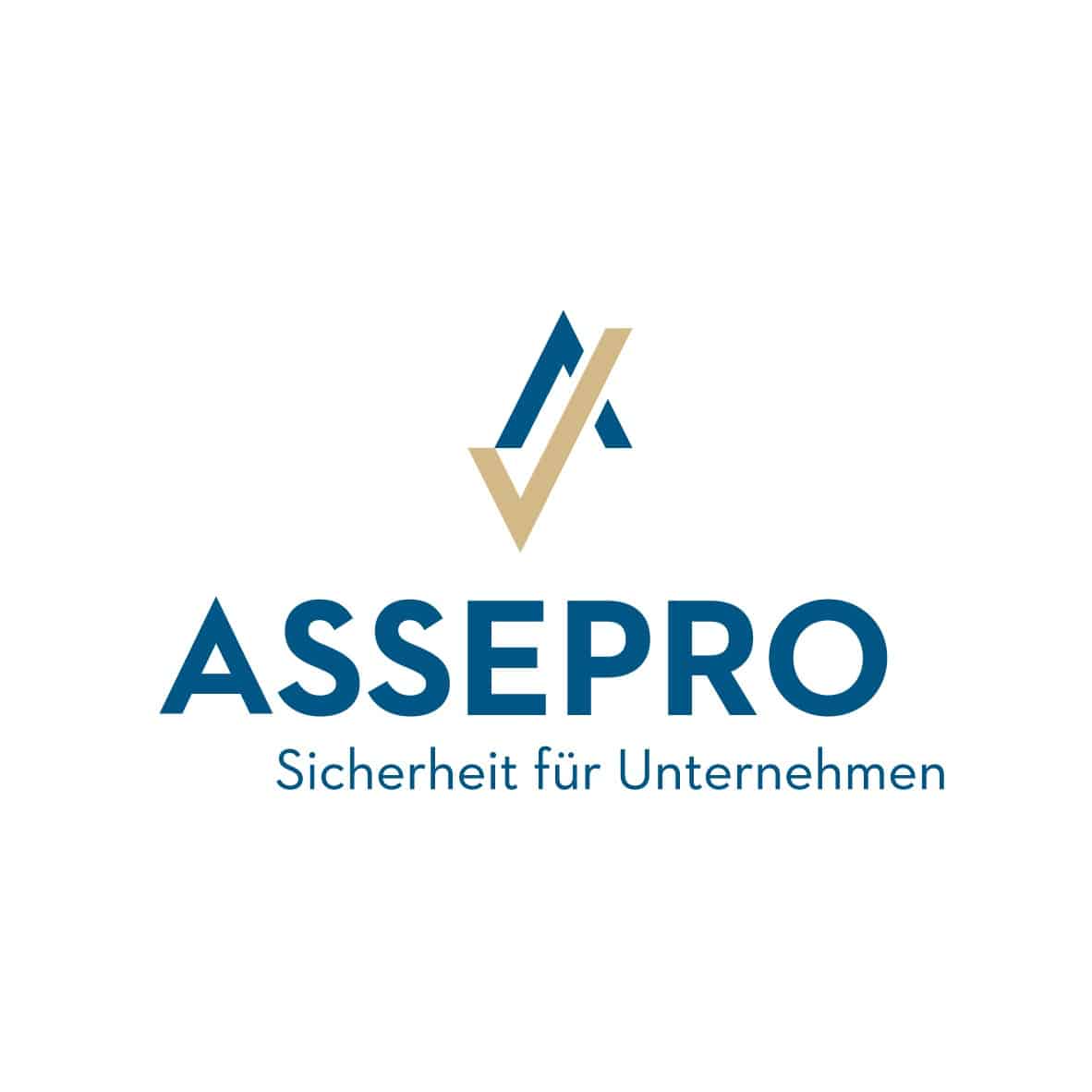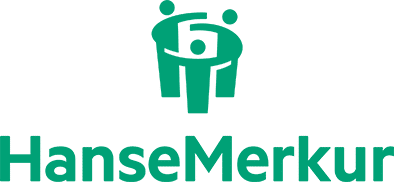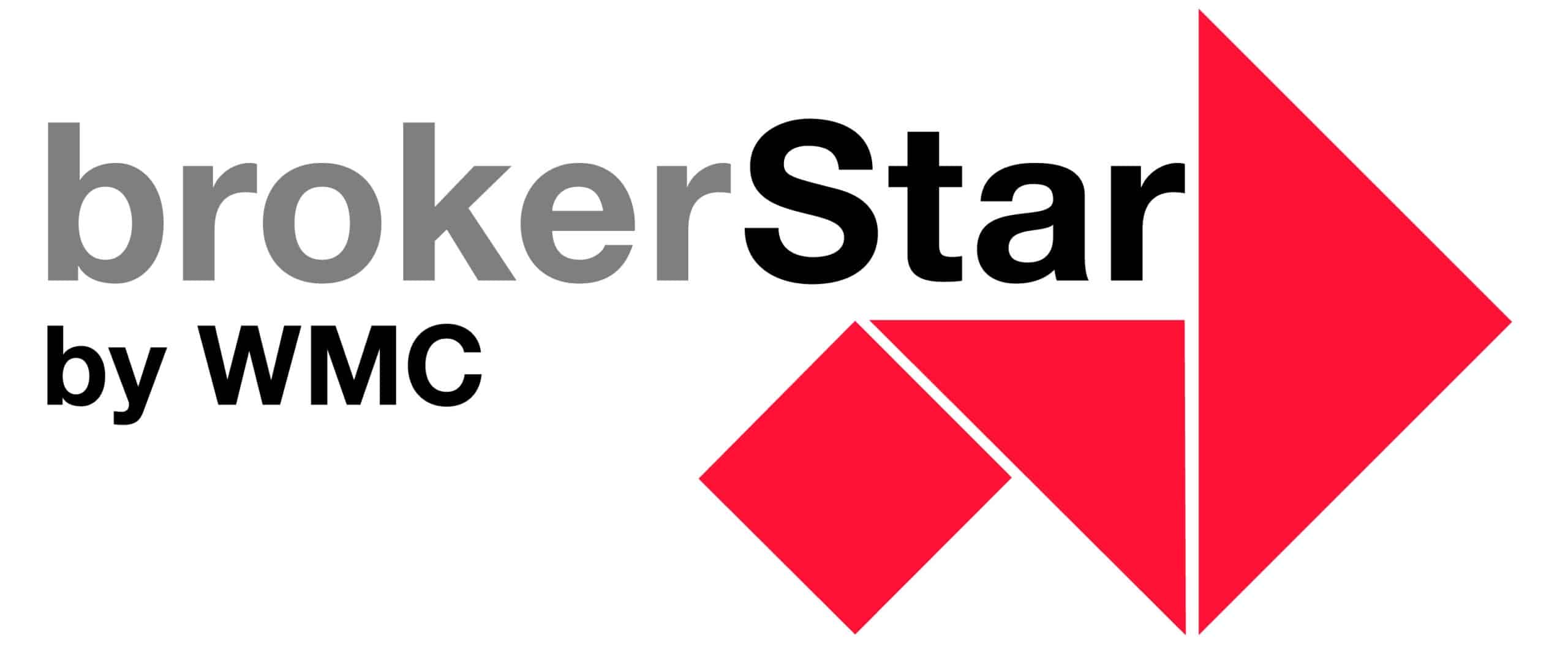“The premiums of the many for the losses of the few”
26 August, 2025 | Current General Video
How Richard Leftley used microinsurance to protect millions of people and why his model also has a future in Western markets.
In Africa and Asia, less than one percent of people have insurance. Despite this, they live with existential risks such as illness, accidents and natural disasters on a daily basis. Richard Leftley wanted to change that. When he founded MicroEnsure in 2002, he had no idea that it would become one of the largest microinsurance platforms in the world, with over 64 million insured families. Today, the Brit is considered a pioneer of the digital embedded insurance model. And he is convinced that what works in Lagos can also strike a chord in London or Berlin.
One text is enough: Insurance by SMS
What sounds like science fiction is reality in many African countries. MicroEnsure’s policies were so simple that they could be explained in two sentences. “If you die, we’ll pay your family 1,000 dollars. No exclusions. No pages of contracts,” describes Leftley. How to join? By text message. The premium? Between three cents and one dollar per month, debited directly from the cell phone’s prepaid credit.
Simple, income-related risks such as death, accident or hospitalization were insured. The claim amount was usually between 500 and 2,000 dollars: enough to plug an existential hole.
Why microinsurance works in poor countries
Leftley observed early on that when the disaster hits an entire village, the “social insurance” – the principle of friends and family donating small amounts via WhatsApp – fails. “The premiums of the many pay the losses of the few. But when everyone is affected, no one has anything left to give,” says Leftley. This is precisely where insurance in the traditional sense comes into play, with collective risk equalization across large geographical and social distances.
But how do you reach millions of poor people without a distribution network, without a bank account, without bureaucracy?
From microfinance bank to telco giant
MicroEnsure initially worked with microfinance banks that automatically embedded insurance for their borrowers: a classic B2B2C model. From 2009, Leftley recognized the potential of mobile phone providers. “Everyone, no matter how poor, has a cell phone. And everyone trusts their telco because they buy credit every day and it works.”
The idea: telcos offered insurance as a bonus for particularly loyal customers. Anyone who regularly topped up their credit was given free life insurance. The result: 20 million new policyholders in just 140 days, which is probably the fastest growing voluntary insurance product in the world.
Insurance as a loyalty booster, not as a product
“Telcos don’t want to sell insurance. They want to be a better telco,” explains Leftley. Insurance serves as a differentiating feature, similar to bonus points, only with added social value. The trick is that insurance is not marketed as a third-party product, but as a central component of the brand.
From the global South to the North: Embedded insurance for all
Today, the experience gained in Africa and Asia also inspires products in Europe and the USA. With his second company, MIC Global, Leftley has developed microinsurance for everyday life in the West:
- Parcel stolen? Automatic compensation via video doorbell.
- Food delivered too late? “Food is late – food is free.”
- Rainy day on vacation? 200 euros compensation via app.
The logic: automatically settle small, frequent claims in order to build trust in the insurance system. “If people feel that insurance works, they are also prepared to pay for catastrophes,” says Leftley.
Protecting migration: insurance for refugees
With his latest project Migrasure Leftley is going one step further: in cooperation with ARC Venture Studio, he is setting up an insurance policy for refugees in Europe. It covers key hurdles in the transition to an independent life, such as deposits, loss of rent or damage to the home. The aim is to reduce landlords’ prejudices, ease the burden on local authorities and facilitate integration.
Four success factors for B2B partnerships
Leftley’s recipe for scalable micro and embedded products:
- Many customers: Partners must have a wide reach.
- High frequency of use: The more often a customer uses the core service, the greater the trust in the brand.
- Simple payment methods: prepaid credit, mobile wallets, digital accounts.
- Solve a relevant business problem: Loyalty, differentiation, customer acquisition.
“The best partnerships come about when the partner doesn’t want a cent of commission – because the insurance solves a real strategic problem.”
“I believe in capitalism with a purpose“
Whether in Nigeria, Indonesia or Germany, Leftley’s common thread remains: social impact and economic viability must go hand in hand. “I am a social entrepreneur. But without profit, there are no investors, no scaling, no impact.”
What remains?
Richard Leftley has shown that insurance can be more than a necessary evil if it is embedded simply, fairly and sensibly. His model is not development aid, but a market economy with a heart. And perhaps this is the real future of the industry.
Binci Heeb
Read also: Embedded insurance: from hype to strategy
Suche:
Sponsoren:





Categories
- Blog (31)
- Company portraits (2)
- Current (216)
- General (195)
- Interviews (26)
- Jobs (1)
- Nicht kategorisiert (731)
- Podcasts (39)
- Video (15)